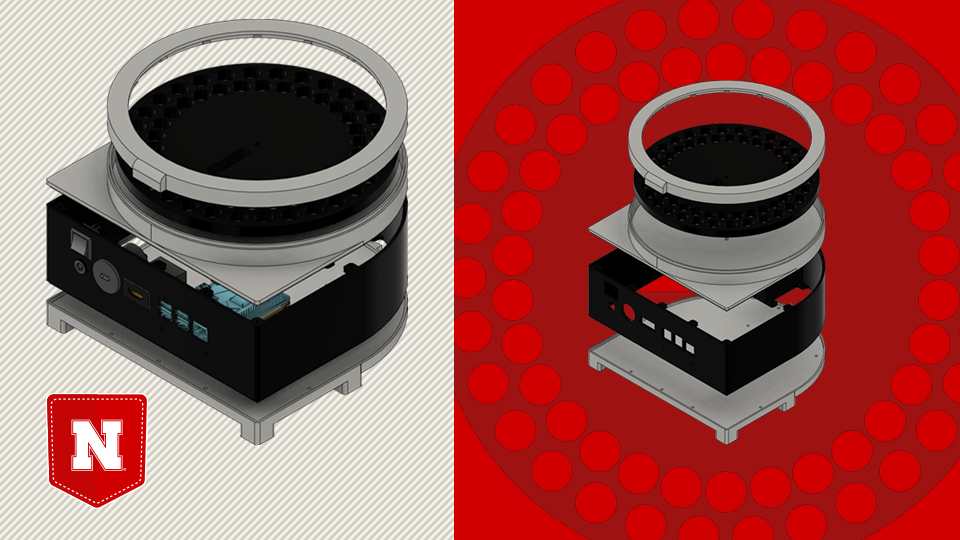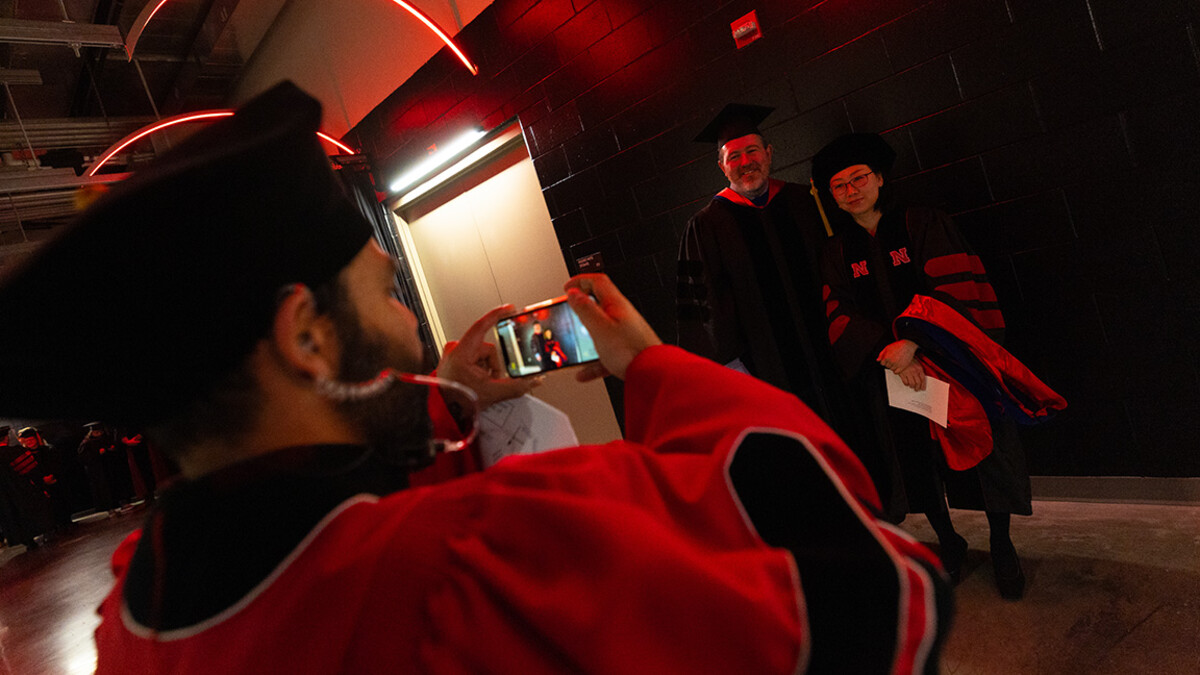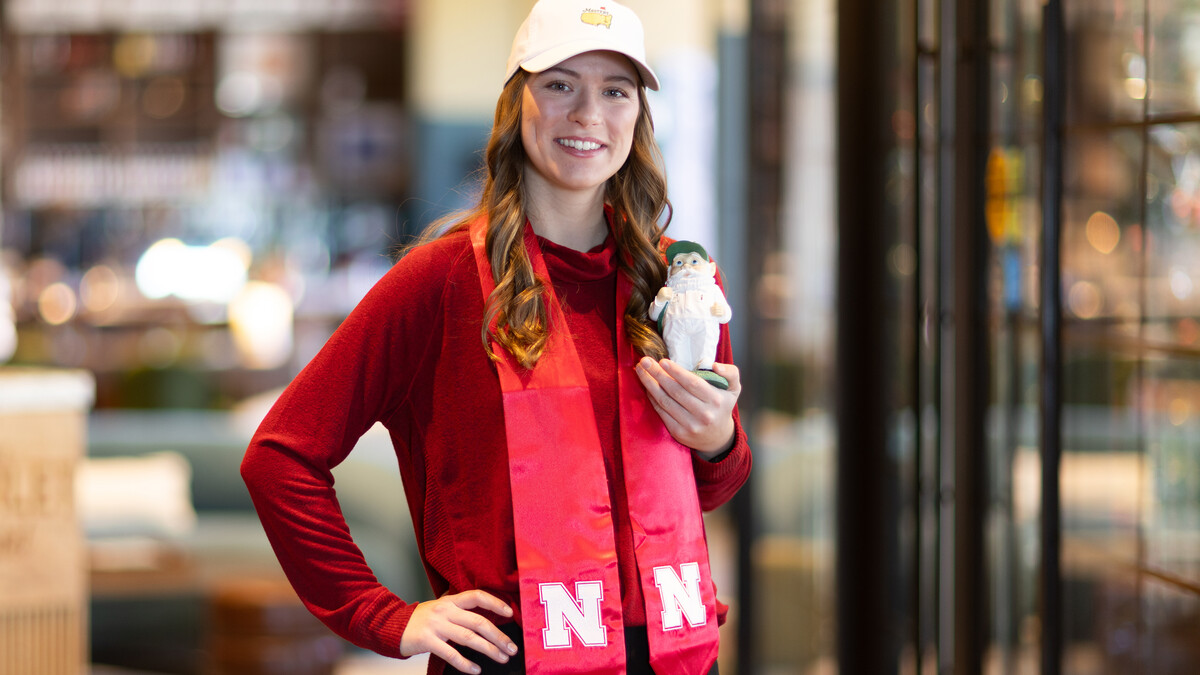
Welcome to Pocket Science: a glimpse at recent research from Husker scientists and engineers. For those who want to quickly learn the “What,” “So what” and “Now what” of Husker research.

What?
A fair amount of dog-related research, including some conducted at Nebraska’s Canine Cognition and Human Interaction Lab, involves automatically dispensing treats that reinforce behaviors and help test a dog’s ability to learn.
Reliably dispensing a specific number of treats can prove vital, especially when the number of awarded treats depends on — and aims to evaluate — a dog’s ability to distinguish between numbers or quantities. In those cases, doling out too many or too few treats can ruin the validity of a study.
Even so, automatic treat dispensers generally dish out the correct number only 70 to 80% of the time. Having a person dispense the treats, meanwhile, can introduce unwanted effects and limit experimental designs.
So what?
Nebraska’s Walker Arce and Jeffrey Stevens recently designed a 3D-printable dispenser that holds up to 59 treats and can be constructed for less than $200. After building five of the dispensers and testing each 100 times, the duo found that its design automatically doled out the correct number of treats in 96% of cases.
Because it includes a Raspberry Pi — a miniature computer weighing less than 2 ounces — the dispenser can also be paired with a monitor, mouse and/or keyboard.
Now what?
Having published the design’s 3D-printing files, assembly guide and open-source software, Arce and Stevens said labs can customize the system according to their own research questions.
Arce and Stevens illustrated just one potential application by mounting a touchscreen on the dispenser and training a dog to nose the screen. The Raspberry Pi presented a choice between two collections of dots on the screen, recording which option the dog selected. The pre-programmed system then dispensed the number of treats that corresponded to the dog’s decision.
Hardware tweaks could accommodate studies involving birds, rats and other species, too.







